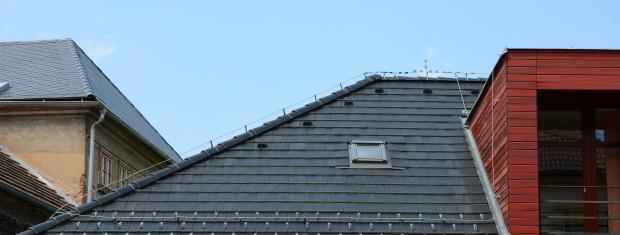
3 Ways to Safeguard Your Home from Lightning Strikes
The average cost of a lightning strike claim in 2023 was $17,513! Any and every precaution is worth it when it comes to protecting your home from severe damages. While you may not be able to control the occurrence of an event such as a lightning strike, we can control the severity of the damages that a lightning strike may cause.
1. Surge Protectors
Surge protectors protect electronic devices from high voltage power surges, such as those that can occur from a lightning strike. There are two types of surge protectors you might consider for your home:
- Power Strip Surge Protector: This is the most common type of surge protector. It is most commonly used for computers, entertainment equipment such as TVs and speakers, home lighting, etc. This option is excellent at helping to stop surges from affecting the items plugged into the strip. You can find surge protectors at most home improvement stores ranging anywhere from $10-$50.
- Whole Home Surge Protector: This type of surge protector is installed at the main breaker panel to help stop surges that come in from a lightning strike in the neighborhood, a surge from the power company or the small surges that happen around the home as well. The installation of this surge protector also helps to protect the larger appliances in your home.
While it is not fail-proof, it is a great preventative measure to direct some of the energy away from your home. Whole home surge protectors must be installed by a licensed electrician.
Appliances plugged into a standard outlet may be damaged following a lightning strike, but a surge protector will divert the extra electricity into the outlets grounding wire if the voltage happens to rise above the acceptable level.
It is important to note that a surge protector is different than a power strip. Surge protectors packaging should have a joules rating.
2. Lightning Rods
If you live in an area very prone to severe thunderstorms, like the Midwest, you might consider having a lightning rod installed on your home. A lightning rod is a large metal post staked to the roof that is connected to a ground wire that goes directly to a ground rod (or two) to give the energy a path of least resistance away from your home. When the energy reaches the earth/slab, it dissipates.
3. Adequate Homeowners Insurance Coverage
While insurance coverage cannot prevent lightning from striking your home, it could help rebuild your home and put you back to where you were before the strike occurred. Work with your local independent agent to build the perfect homeowners policy that protects your home from more than just lightning.
Your home is one of your most valuable assets – so going above and beyond to ensure it doesn’t endure significant damage is an admirable choice. If a lightning strike is strong enough to make its way past your preventative measures, make sure you know the 5 To-Dos if You Believe Your Home was Struck by Lightning.


